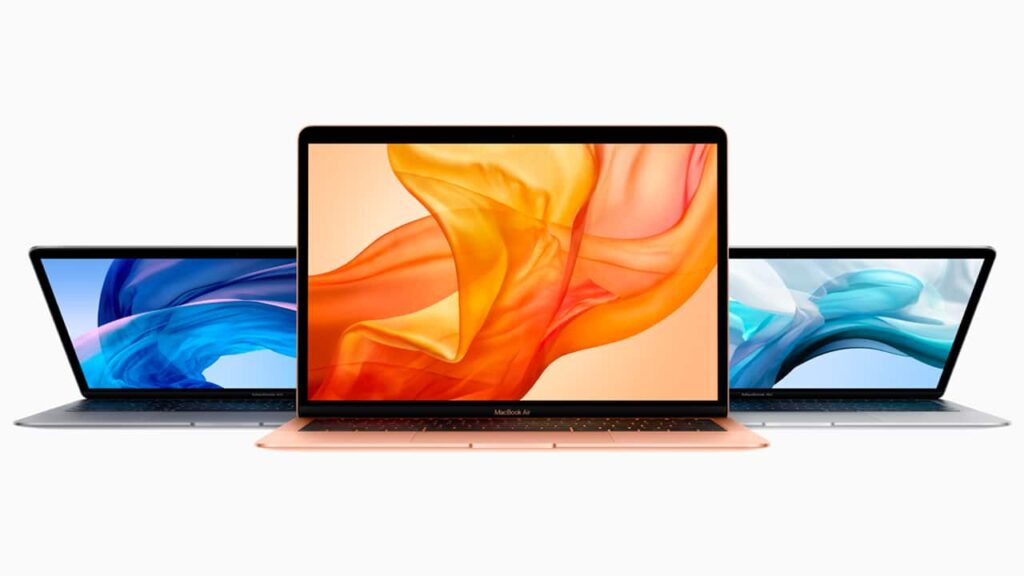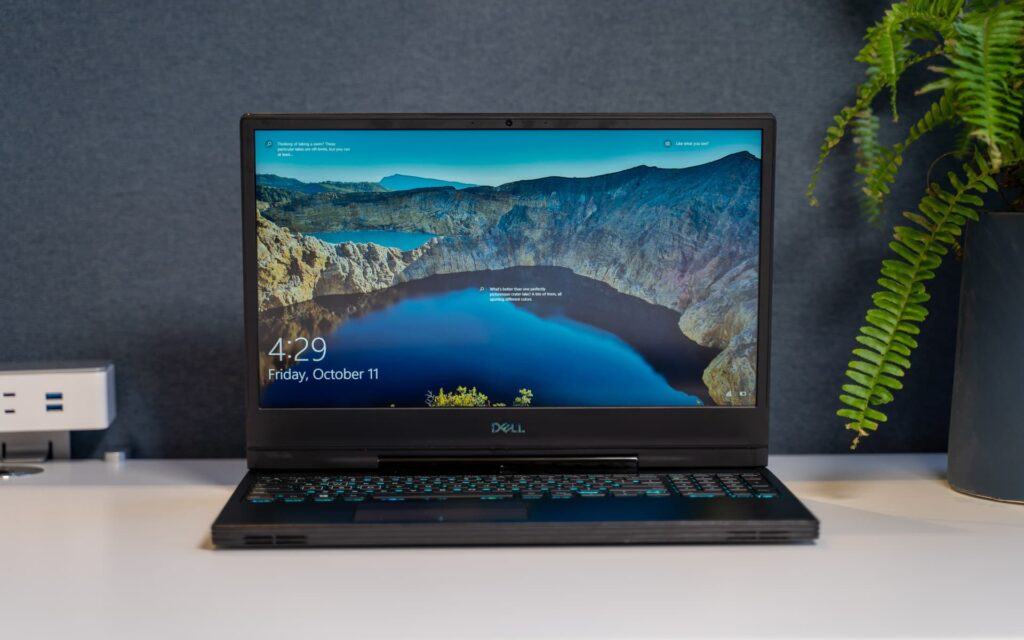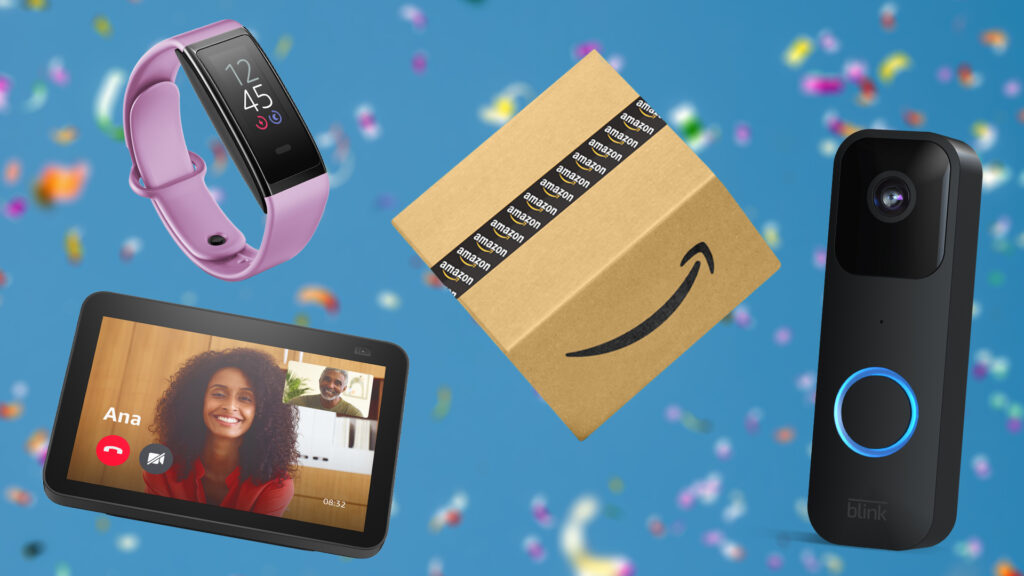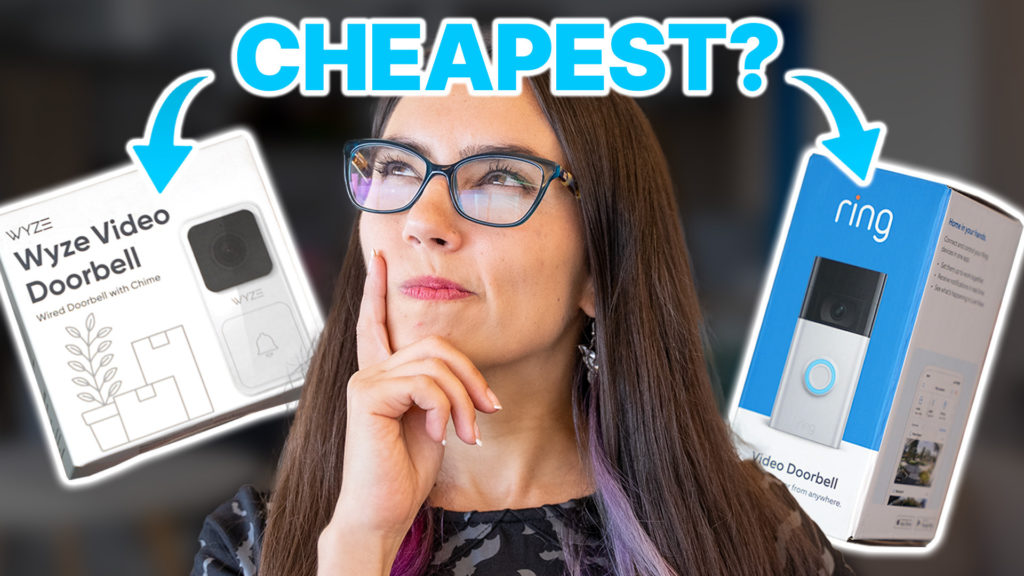Advertiser Disclosure: At Slickdeals, we work hard to find the best deals. Some products in our articles are from partners who may provide us with compensation, but this doesn’t change our opinions. Our editors strive to ensure that the information in this article is accurate as of the date published, but please keep in mind that offers can change. We encourage you to verify all terms and conditions of any product before you apply.
Reading Time: 6 minutesThe popularity of earbuds has soared over the past few years, driven by engineering and marketing innovations that have ignited widespread interest in portable headphones. A quick scroll through Amazon will show you hundreds of products, some of which have price tags well over $200 and a laundry list of impressive features.
However, if you’re in the market for a new set of buds, limit yourself to a $100 budget. Today’s budget earbuds are leagues ahead of where they were 10 years ago, and you don’t have to spend much money to get high-quality performance. Products with price tags over $100 typically don’t offer as much “bang for your buck,” and there’s a very real chance you’ll be replacing them in less than a year.

Credit: Samsung
Sound Quality Doesn’t Scale With Price
One of the strangest aspects of earbuds is that price doesn’t correlate to sound quality. Instead, it translates to nifty features such as volume sliders, active noise canceling (ANC) and wireless charging. Look no further than the recently released Pixel Buds A-Series for a prime example. Clocking in at just around half the price of their older sibling, the Pixel Buds A-Series use the same drivers as the premium Pixel Buds. The same holds true for AirPods and AirPods Pro, which sound identical to most listeners but include a few extra conveniences in the premium version.
No one is going to argue that wireless charging and volume sliders are bad, but it’s hard to justify an additional $100 for their inclusion. If you’re just looking for good-sounding, reliable earbuds, there’s no reason to shell out the extra cash.
You Probably Don’t Want Active Noise Cancellation
Speaking of superfluous features, you probably don’t want ANC in your earbuds. If you’re primarily using them while traveling, going for a jog or working out at the gym, it’s a good idea to not be completely isolated from your environment. Hearing a car honk, being aware of oncoming cyclists or realizing when your gym buddy is hollering for a spot are all reasons ANC isn’t ideal for earbuds – not to mention it radically inflates price tags.
If you really do want ANC, there are still plenty of earbuds in the $100 price range that carry the feature. They might make other trade-offs such as a lack of wireless charging or reduced sound quality, but the variety of budget earbuds on the market makes it easy to find something that caters to your needs.
Most earbuds already do a serviceable job of passive noise canceling, as they typically form a snug seal around the inside of your ear. ANC is simply overdoing it in most situations where earbuds are beneficial, and it probably isn’t a great fit for most lifestyles.
Save Your Money for Premium Over-Ear Headphones
It should go without saying, but earbuds aren’t the best way to listen to music. There’s a reason concert venues are always loaded with massive speakers instead of hundreds of microscopic buds—the bigger the footprint, the more tech you can pack under the hood.
In fact, your money goes a lot further when purchasing true headphones compared to earbuds, simply because the audio engineers don’t have to spend money shrinking their drivers to fit inside your ear. When looking at a pair of $250 earbuds, it’s all but guaranteed that similarly-priced headphones will produce more vibrant sound, thanks to massive drivers and additional space for high-tech hardware.
Don’t blow your budget on expensive earbuds thinking they’re going to sound great. Instead, pick up an affordable, portable pair that’ll let you appreciate your favorite bands on the road or at the gym. With the savings, go out and buy a pair of on-ear or over-ear headphones that’ll let you really appreciate music in the comfort of your home.
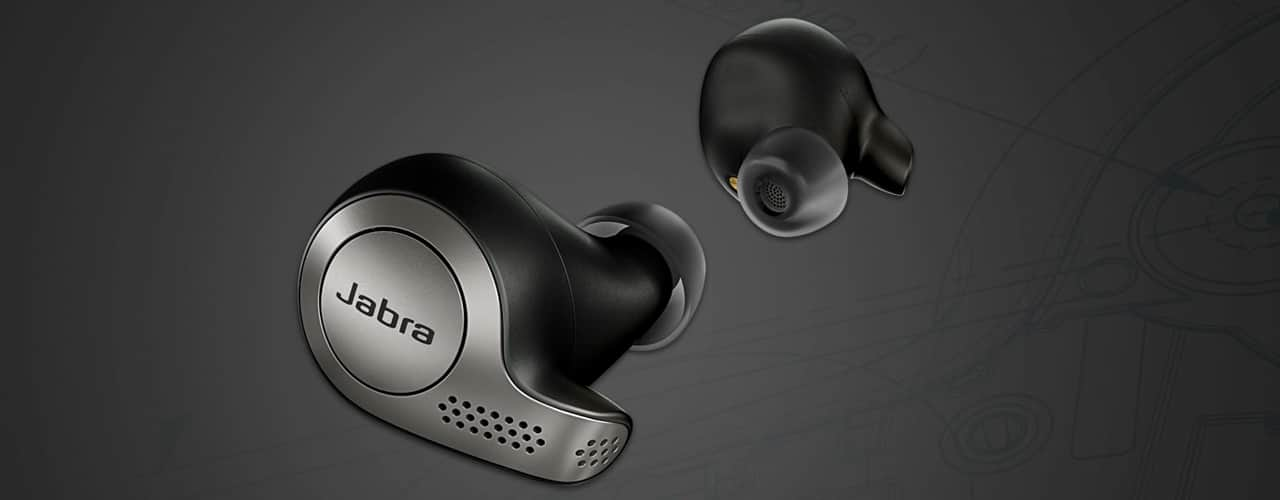
Credit: Jabra
You’re Going to Upgrade Next Year Anyway
One of the biggest reasons to stay frugal with your earbuds purchase has nothing to do with the product you choose – instead, it’s all about the rechargeable battery working behind the scenes. Regardless of which manufacturer you end up going with, almost all earbuds will be essentially unusable in less than a year as a result of diminished battery life.
To reduce their overall footprint, every earbud manufacturer has to rely on microscopic rechargeable batteries. Unfortunately, most of these aren’t replaceable, meaning once they die, so do your earbuds. They also tend to die at an accelerated pace compared to other headphones, as their small size means they typically max out at just a few hours of runtime before needing to be recharged. After using them consistently for a year, expect that number to be cut in half.
But let’s be honest – even if the battery does last a full year, anyone using earbuds while commuting or exercising runs the very real risk of losing them well before the battery gives out. Between jumping on trains, jogging through your neighborhood and bringing them on flights, small earbuds are much easier to lose track of than your typical headphones.
Then there’s the fact that – much like smartphones – your earbuds will be outdated shortly after they’re purchased. Samsung, Google and Apple are pumping out new buds at a constant rate, saturating the market with expensive products that are obsolete on a yearly basis. Instead of spending $180 on earbuds that’ll be dead, lost or outdated in 12 months, try picking up something for half the price and saving the rest for an upgrade in 2022.
Premium Earbuds See Discounts Throughout the Year
If you’re skeptical about purchasing earbuds from an obscure manufacturer to save a few bucks, you’re not alone. There are plenty of shoddy products in the sub-$100 range. Trying to figure out which ones are worth your time can require a lot of research, and you don’t want to waste your money on a terrible knock-off.
But even if you don’t want to purchase from a company you’re unfamiliar with, that doesn’t mean you’re relegated to buying earbuds over $100. In fact, products from big names are discounted all the time – and there happen to be quite a few sales going on right now. If you’re willing to be patient, there’s no reason you should break the bank to pick up your favorite set of earbuds.
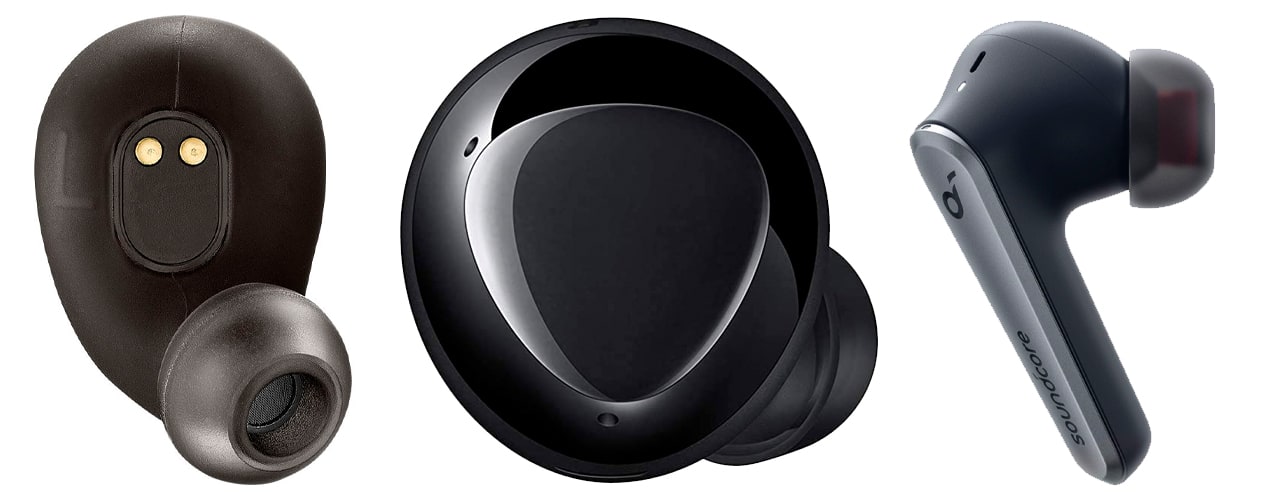
Credit: JBL, Samsung, Anker
Although they’re not on sale now, the ever-popular AirPods were recently discounted to just $100 – so being patient can even pay off if you’re a loyal Apple fan.
- JBL FREE True Wireless Headphones Gen 2 – Sale Price: $75.99 | Regular Price: $149.99
- Samsung Galaxy Buds+ Wireless Earbuds – Sale Price: $99.99 | Regular Price: $149.99
- Anker Soundcore Liberty Air 2 Pro Wireless Earbuds – Sale Price: $99.99 | Regular Price: $129.99
Great Earbuds Under $100
Beyond picking up expensive earbuds during promotional events, a variety of lesser-known products are always available in the sub-$100 range. They might not be household brands like Apple, Samsung or Google, but these earbuds pump out impressive sounds, come with plenty of extra features and won’t put too big of a dent in your wallet.
Despite all these great, lesser-known brands, it’s hard to argue with the Google Pixel Buds A-Series. Featuring the impressive build quality you’d expect from Google, the A-Series is an affordable take on the Pixel Buds, offering the same great sound without the hefty price tag.
Credit: Skullcandy, Raycon, Google
If you aren’t too picky about sound quality, you can probably get away with the Skullcandy Sesh Evo or Altec Lansing NanoPods to save even more money. Don’t expect the best performance when turning the volume all the way up, but for less than $50 it’s hard to beat their value.
- Skullcandy Sesh Evo Wireless Earbuds – Sale Price: $39.99 | Regular Price: $49.99
- Jabra Elite 65t Earbuds – Sale Price: $74.00 | Regular Price: $79.99
- TCL S200 Wireless Earbuds – Regular Price: $79.99
- Altec Lansing NanoPods Wireless Earbuds – Regular Price: $29.99
- Raycon E25 Earbuds – Regular Price: $79.99
- JBL TUNE 120TWS Earbuds – Regular Price: $99.95
- Google Pixel Buds A-Series – Regular Price: $99.99
Up Next
- How to Get the Best Anytime Fitness Membership Deals
- ‘Free’ Sam’s Club Annual Membership Deal Is Back and Even Better
- How Fabletics Works and How To Make It a Great Deal













